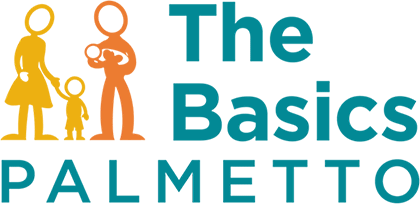WHY?
The more we read with young children, the more prepared they become to enjoy reading and to do well in school. It is never too early to begin reading! Stories expose children to words and ideas that they would not otherwise experience. Books teach children to use their imaginations. What they learn about people, places, and things can be important building blocks to later life success. For both parents and children, times together with books form fond and lasting memories.
Watch the video to see the everyday ways that families read and discuss stories.
